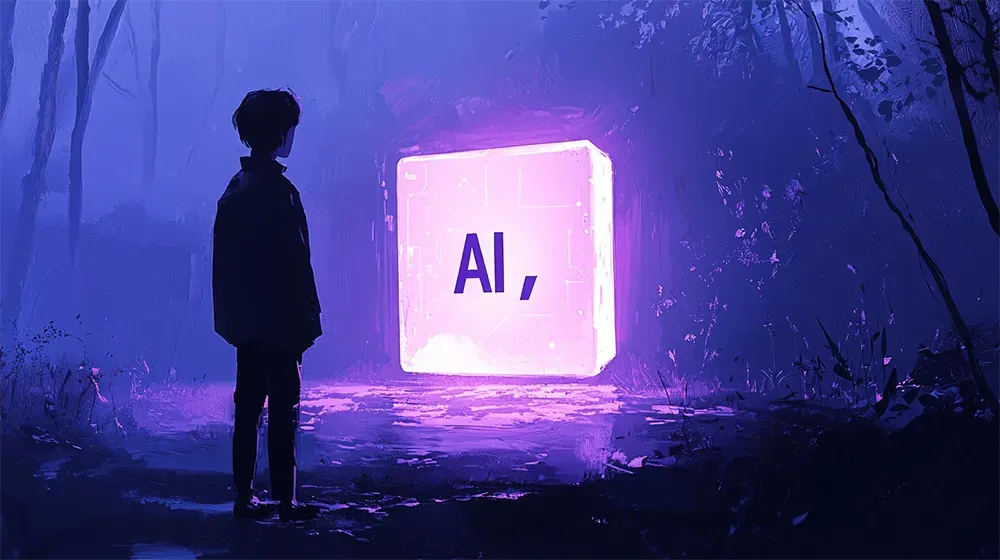Silicon Valley Just Spent $102.5 Billion on Concrete and Steel. The Age of Code Is Dead.
Tech's biggest players aren't building apps anymore. They're pouring foundations for data centers that dwarf steel mills. Meta, Google, Microsoft, and Amazon collectively dropped $102.5 billion on data centers, more than most countries' GDP.
We've entered the "age of infrastructure," where owning physical assets matters more than writing elegant algorithms. The Magnificent 7's capex spending now exceeds the entire dot-com boom's telecom infrastructure build-out as a percentage of GDP. This isn't evolution, it's a complete business model transformation.
The parallels to Rockefeller and Carnegie aren't metaphorical. Microsoft's building data centers on former steel mill sites, literally occupying the same ground where industrial titans once dominated.
Three Mile Island's nuclear plant will power AI servers instead of homes. OpenAI struggles to compete despite billions in funding because they lack the physical infrastructure moat. When your startup needs a $100 billion data center called Stargate just to stay relevant, the game has fundamentally changed.
This private-sector stimulus is so massive it is propping up the entire U.S. economy. The data confirms: AI infrastructure spending contributed more to GDP growth than all consumer spending in the past two quarters. We're witnessing the birth of platform monopolies that make previous tech dominance look quaint. TSMC alone spent $10 billion on capex last quarter. Foxconn's building Apple cities in India.
➡️ In "Now What?", I explore how convergent technologies create winner-take-all dynamics. This infrastructure arms race exemplifies that pattern, only those who can spend tens of billions annually will survive. The rest become customers or casualties.
👉 $102.5B quarterly capex from just 4 companies 👉 AI infrastructure spending exceeds dot-com boom levels 👉 Physical assets now matter more than code
When data centers become the new railroads and chips the new steel, are we building innovation or entrenching monopoly?
Read the full article on Wall Street Journal.
----
💡 We're entering a world where intelligence is synthetic, reality is augmented, and the rules are being rewritten in front of our eyes.
Staying up-to-date in a fast-changing world is vital. That is why I have launched Futurwise; a personalized AI platform that transforms information chaos into strategic clarity. With one click, users can bookmark and summarize any article, report, or video in seconds, tailored to their tone, interests, and language. Visit Futurwise.com to get started for free!






